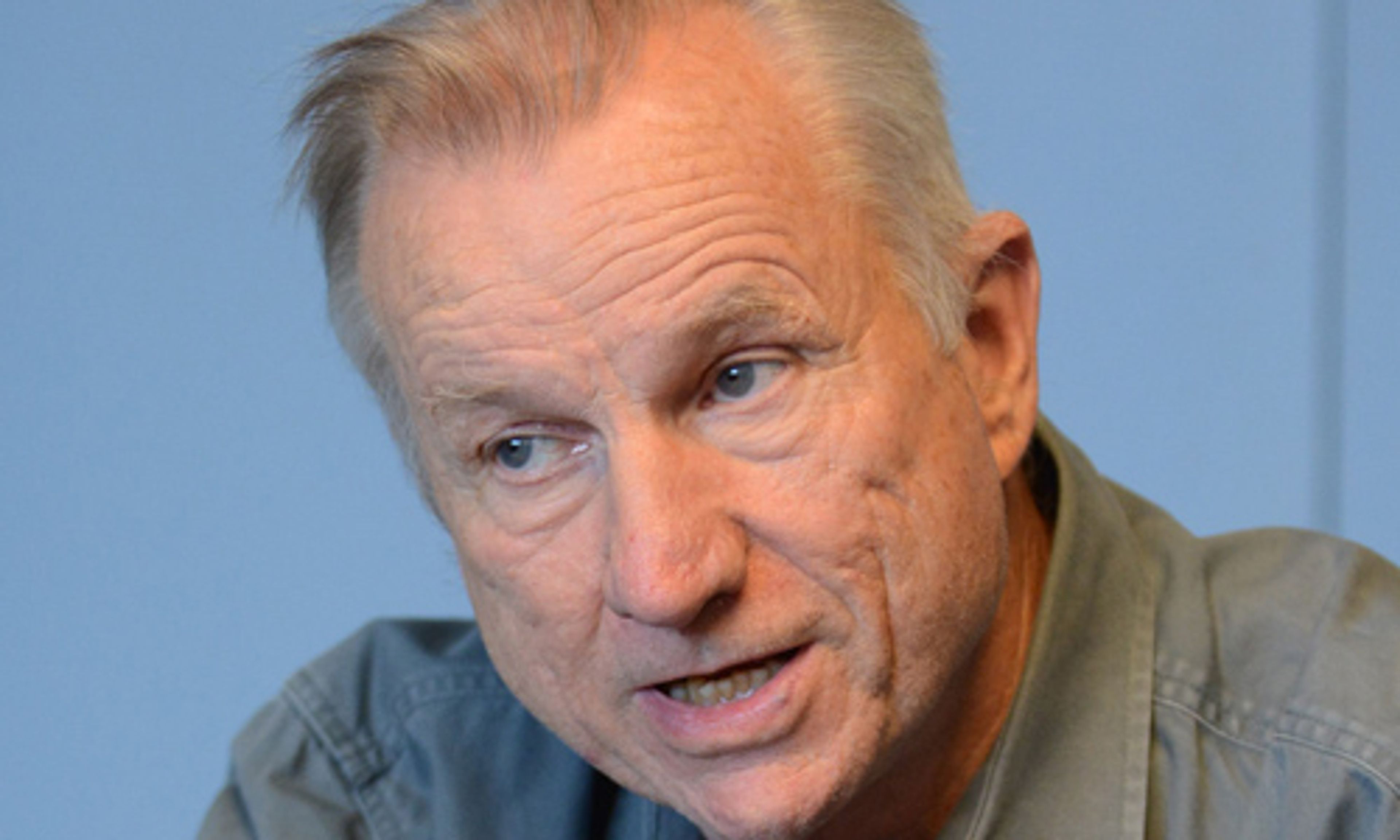OPINION: ‘Keeping promises’ to Idaho schools? Not hardly
Editorial: The Tribune’s Opinion
By incorporating the theme of “keeping promises,” in his State of the State address Monday, Idaho Gov. Brad Little mangled the concept. In 22 minutes, Little managed to break his promise to public education twice.
First, he endorsed the idea of subsidizing private schooling — as he is under pressure from his own party to do.
Even if lawmakers agree to the guardrails he proposed — a voucher or tax credit system that is capped at $50 million, that is “fair, responsible, transparent and accountable,” that will “prioritize the families that need it most,” and does not “take away funds from public schools” — it won’t stop there. Wherever this plan has taken root and in whatever limited form it began, it inevitably has become a universal entitlement that overwhelmed the budget. The Idaho Center for Fiscal Policy estimated Idaho’s costs will balloon to almost $360 million.
That goes a long way toward explaining why this so-called “school choice” movement is not coming from the grassroots but instead is being promoted by out-of-state money that just elected the Legislature it wants.
Next, Little proposed another diversion from the revenue stream that supports public schools. His $100 million tax cut figure is a mere appetizer to the number House Speaker Mike Moyle, R-Star, will seek. And it comes on top of $4.6 billion in tax cuts Little successfully promoted during the past five years.
Without that money, Idaho schools have treaded water.
When Little became governor, Idaho was ranked second to last on the amount of money it devoted to each of its pupils.
There it remains.
According to the U.S. Census, Idaho spent $9,670 per pupil in 2022. Only Utah spent less at $9,552. That’s compared to:
-- Montana — $13,582 per pupil.
-- Nevada — $11,677 per pupil.
-- Oregon — $15,754 per pupil.
-- Washington — $17,119 per pupil.
-- Wyoming — $18,528 per pupil.
Yes, more money has been spent. The U.S. Census Bureau says Idaho’s allocation to public education rose 6.8% in 2022. That’s better than Montana (2.1%), Utah (5%), and Wyoming (2.1 %). But other states did not stand still for Idaho’s benefit. Among them were Nevada (11.8%), Oregon (13.5%) and Washington (10%).
Overall, education spending in the U.S. rose 8.9%.
That’s one reason why Idaho has not been able to gain ground against teacher salaries offered in neighboring states. The Idaho State Board of Education’s teacher pipeline study says Idaho’s average teacher salary is tied with Montana. But it falls short of what teachers earn, on average, in Nevada, Oregon, Utah, Washington and Wyoming —as well as the national average.
And if Idaho has made so much progress in state support of public schools, why is K-12 dependent on a record amount — $227.4 million — of local supplemental property taxes? Granted, the hit on taxpayers has been softened by about $47.4 million in state property tax relief.
But it still represents a commitment by local patrons to backfill for a Legislature that has failed to meet its constitutional duty to “establish and maintain a general, uniform and thorough system of public, free common schools.”
If you doubt it, examine any school where a supplemental levy has failed at the polls. Those dollars are not buying extras.
Last year saw Little and lawmakers earmark about $1.25 billion to address the backlog of construction needs — especially in rural areas. But critics contend the 10-year schedule will fall far short of meeting inflation costs as well as a backlog that will expand over time.
All of this is occurring during an economic boom. When and if Idaho’s economy slows and tax revenues decline, public education will sorely miss the $4.6 billion that went into the tax cuts, not to mention the $50 million to $360 million that will be diverted toward educating children in private schools.
Say, during the past seven years, Little and the GOP had managed to bring the state’s per pupil expenditures into the mainstream of American life.
Suppose for the sake of argument that teachers were flocking to the Gem State because they could earn more money here.
Assume that not one dollar in property taxes was required to avoid crowded classrooms, to recruit and retain qualified teachers and to provide a well-rounded curriculum, regardless of a child’s ZIP code.
What if no Idaho child was attending class in an inadequate building because his community was too poor to replace it?
Then, perhaps, Little and his GOP legislative colleagues might be in a position to experiment with vouchers and tax credits.
But that’s not what happened. Idaho’s schools remain underfunded. And anything that drains scarce resources away from them is just another empty political promise. — M.T.








